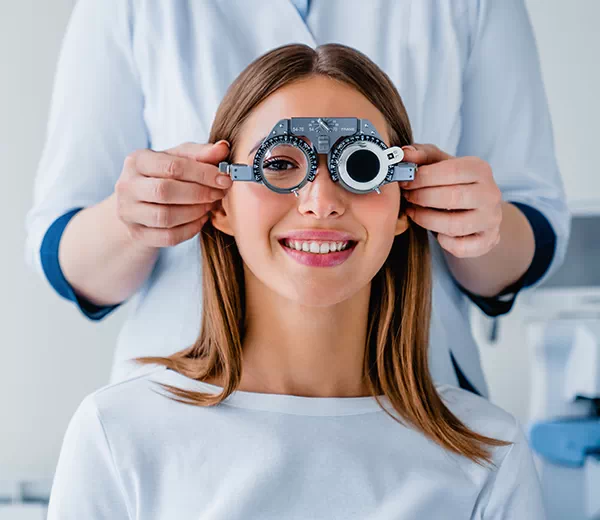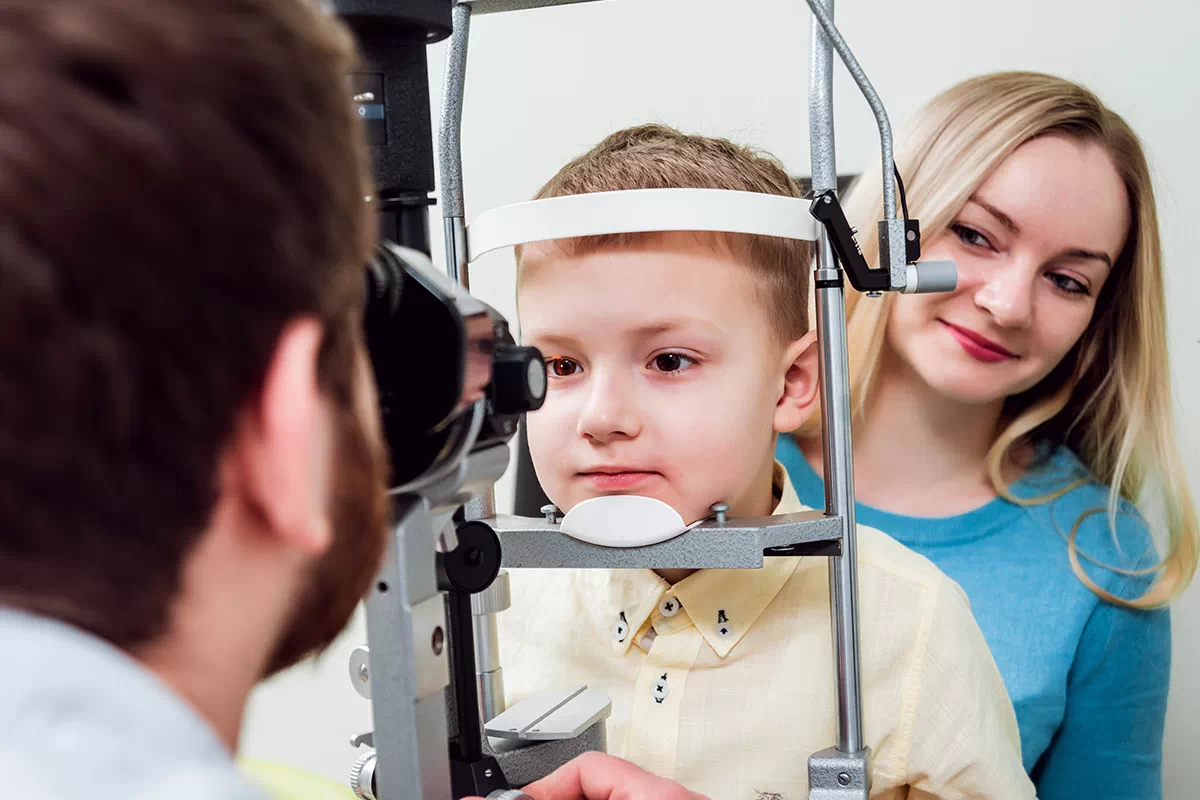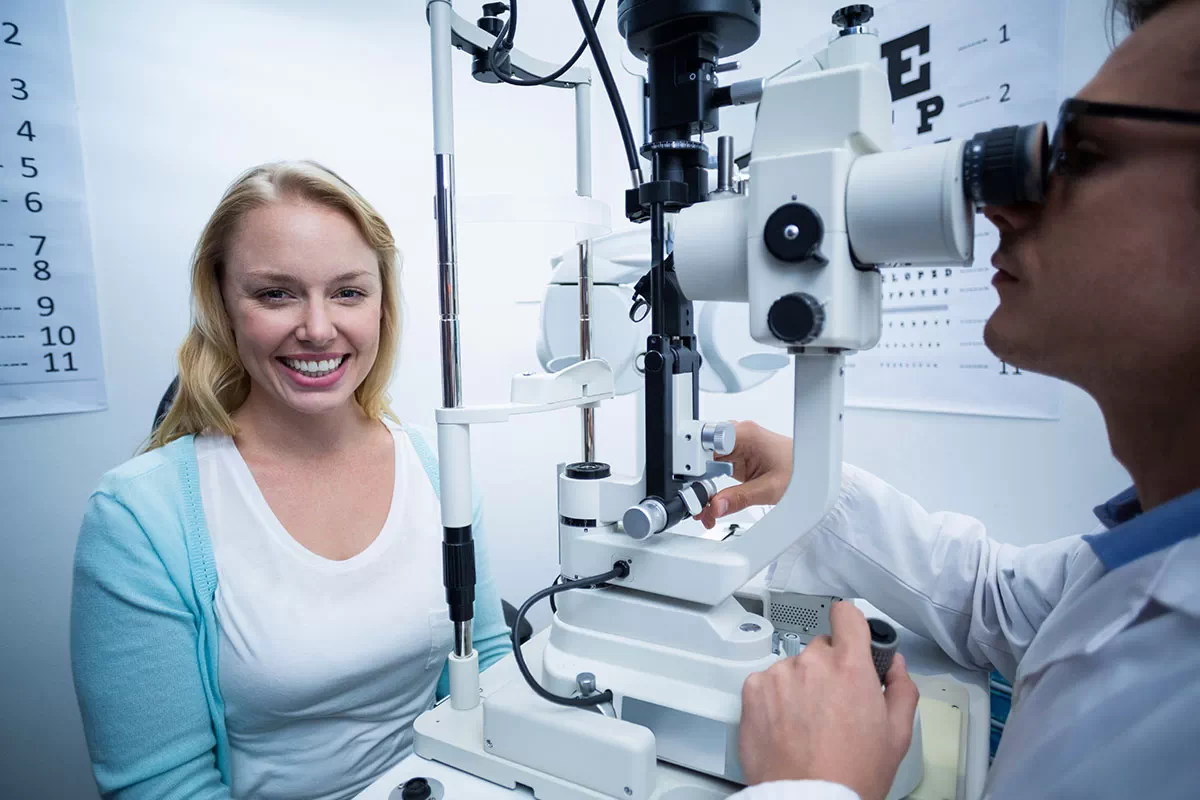Prof. Dr. Suhail Sarwar
Intravitreal Injection: here’s what you need to know!
I know what comes to your mind after hearing about eye injections. You might be feeling very anxious about the thought of injections put directly into your eye. However, there's nothing to worry about.
Keep reading ahead to know why!
Intravitreal injections are a type of injection used to treat the eye. These eye injections deliver the shot directly to the eye, thus treating the eye condition.
These eye injections in Pakistan are usually used for refractive surgery but can be used for other purposes as well.
Intravitreal injections work by replacing fluids in the eye that have been lost through aging or disease. The goal of these injections is to restore vision and restore the eye's ability to focus.
However, these can be used in conjunction with other treatments, such as glasses and contact lenses as well.
These injections are administered directly into the eye through a small needle called an endoscope.
The medication is then transported through the bloodstream and delivered to the vitreous chamber, which is located between the lens of the eye and its retina. This injection can be done on an outpatient basis or under local anesthesia as well.
Intravitreal injections have been used since 1957 when they were first developed as an alternative method to treat macular degeneration.
Today, this treatment is highly effective at preventing blindness in patients with early stages of macular degeneration in Pakistan.
Intravitreal injections have also been shown to improve vision in patients with diabetic retinopathy and other conditions that affect both eyes.
Types of Intravitreal injections
Intravitreal injections can be done with several different types of medications, including steroids and artificial tears.
Intravitreal injections can be administered with epinephrine, which causes a brief sensation of warmth in the area, or with iontophoresis, which involves passing an electric current through water.
There are three different types of intravitreal injections, discussed below:
Intravitreal triamcinolone acetonide (Ranexa)
This is a steroid that has anti-inflammatory properties. Ranexa can be used to reduce swelling and inflammation.
It is administered into the vitreous cavity of the eye through a needle placed right in the position.
This drug is designed to be taken by injection directly into the retina. Thus, is widely known as an eye injection for the retina.
Avastin eye injection works by inhibiting blood vessel growth in the retina, which allows for blood flow to be restored to areas that have lost blood flow due to macular edema or other causes.
Avastin intravitreal injections are designed to slow this process of damage by increasing blood flow to the eyes, thereby helping restore sight and improve vision.
Intravitreal Avastin injection is administered once every 3 to 6 months.
Intravitreal ranibizumab (Lucentis)
This drug works by blocking certain cells involved with the growth of new blood vessels in the retina, thereby decreasing swelling and improving vision in people with severe macular edema due to diabetic retinopathy or other causes
Apart from basic understanding, you must also know about possible advantages and disadvantages that come along.
With all such injections, the medication goes directly into the eye, thus fostering quick recovery.
Another advantage of intravitreal injections is that they can help improve existing symptoms of macular degeneration (such as blurriness).
They also help eliminate any swelling that might be present in people who have this condition.
The disadvantages of intravitreal injections include possible side effects from these medications and damage done to other parts of the body.
















